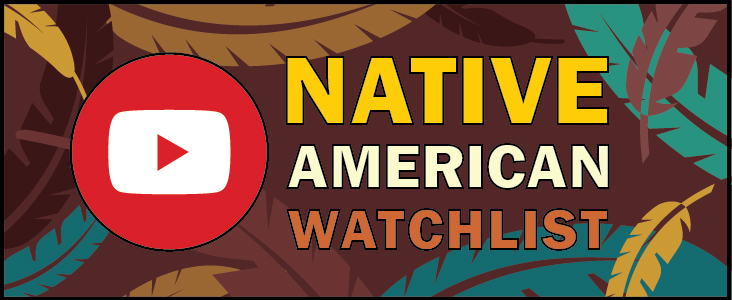Culture
Watchlist: ‘Indigenous families seek justice for boarding school abuse’

By Kamiah Koch
Social media/digital journalist
Just 37 miles east of the Grand Ronde Reservation sits the Chemawa Indian Boarding School. The Salem school’s dark history was shared on the ABC News YouTube channel on April 1, 2022.
Marsha Small is from the Northern Cheyenne Tribe and a doctoral student at Montana State University. Small and her team use ground-penetrating radar to look for graves of children on Chemawa’s campus. Radar is used because it is not invasive or disturbing.
“The fact that there are cemeteries at these schools … just saying it sounds weird, right?” Small says in the video.
Small discovered the markers in the cemetery have no real relation to the graves and believes there are actually more graves than there are markers.
“When I go into cemeteries, I talk to the children,” Small says. “I tell them that those that want to go home may have the possibility of going home. They are not forgotten.”
Dr. Denise Lajimodiere, citizen of the True Mountain Band of the Chippewa Indians, says she calls the boarding school era “one of America’s best kept secrets.”
That seems to be finally changing with the ABC News video using text and historic images to share background on the history of Indigenous boarding schools in the United States.
The federal government never recorded how many boarding schools were in operation during their 150 years as an assimilation tactic. Lajimodiere decided to take it upon herself to locate and count as many U.S. boarding schools as she could.
Lajimodiere discusses the life of children staying at boarding schools about halfway through the video, saying the corporal punishment was horrendous; some children dying from disease while others died from abuse. Her father was forced to attend Chemawa from 1925 to 1929. He was nine years old.
“Boarding schools and the legacy of boarding schools has impacted every Native family,” Lajimodiere says.
One family featured in the video is the Means family of the Rosebud Sioux Tribe in South Dakota.
Three generations of the family are interviewed to share their involvement in repatriating the bodies of nine Tribal children from Carlisle Indian School to Rosebud Sioux Tribe.
Rita Means, former Tribal Council member for the Rosebud Sioux Tribe, attended the St. Francis Mission School for six years starting in the sixth grade.
“Any place you can’t leave is a prison. We were definitely locked in until we had to go to church at six in the morning,” Rita Means says.
Her granddaughter, Shylee Means, was on the Sicangu Youth Council that started the process of returning the deceased children to their Tribe.
“The thing that really sparked this whole movement was asking ‘Why are our kids still there?’ ” Shylee Means says. “It really hit that this could be my cousin, this could be my uncle. What if I didn’t get to go home? It really sunk in, like what if this was me?”
To watch the video for yourself, go to https://www.youtube.com/watch?v=-BFQQRm6z4I or find it on the Smoke Signals YouTube Channel under the Watchlist playlist.
